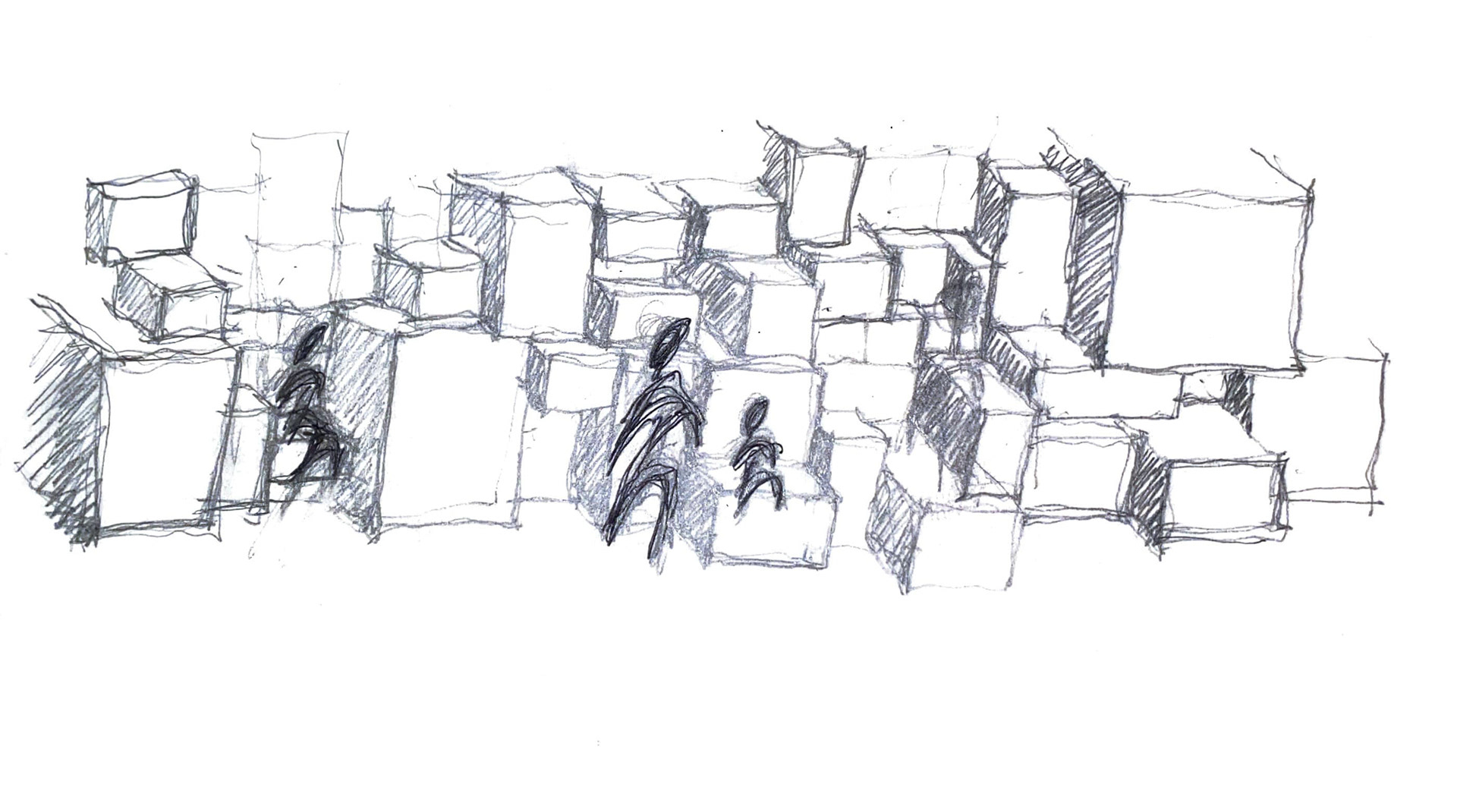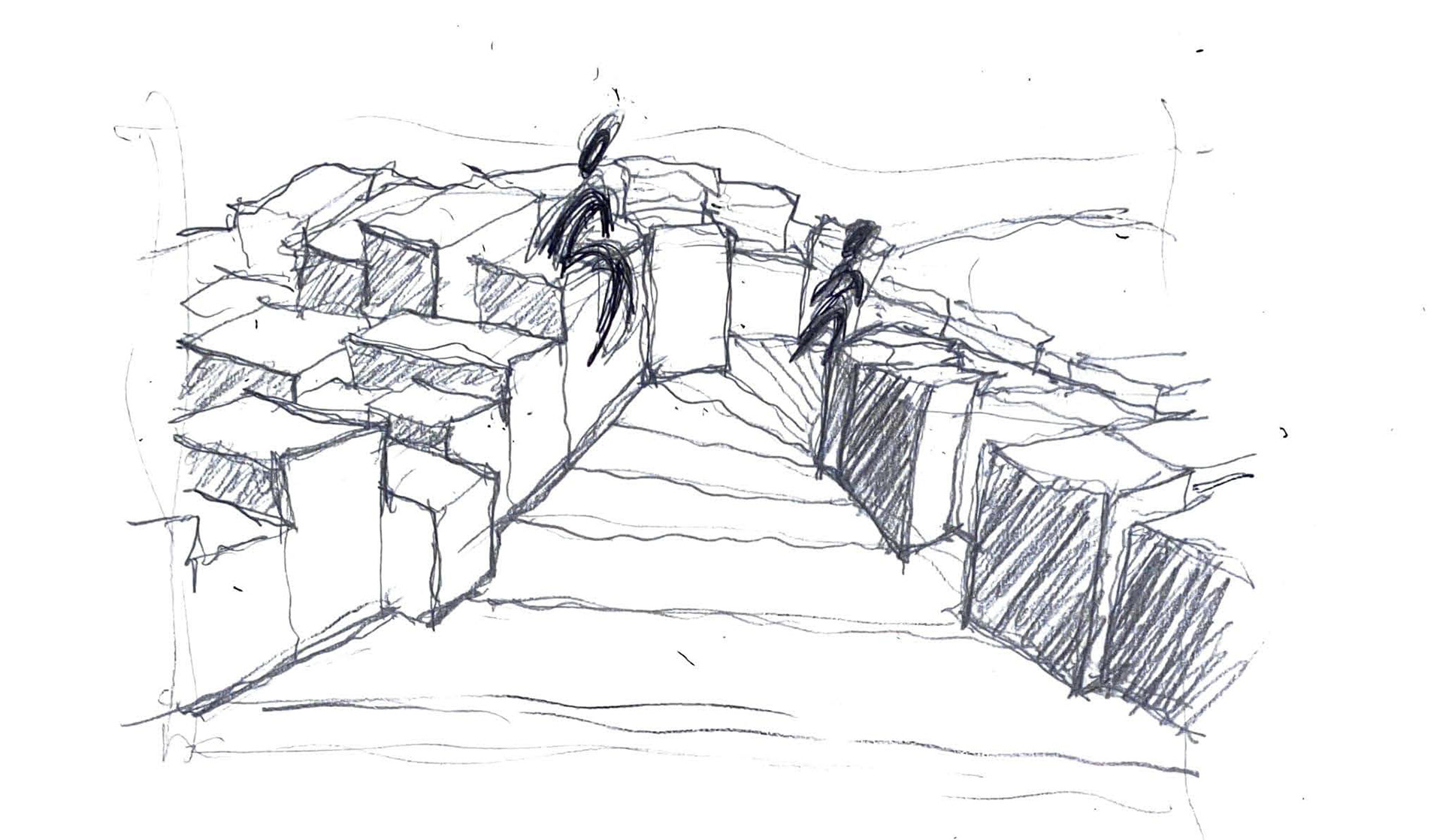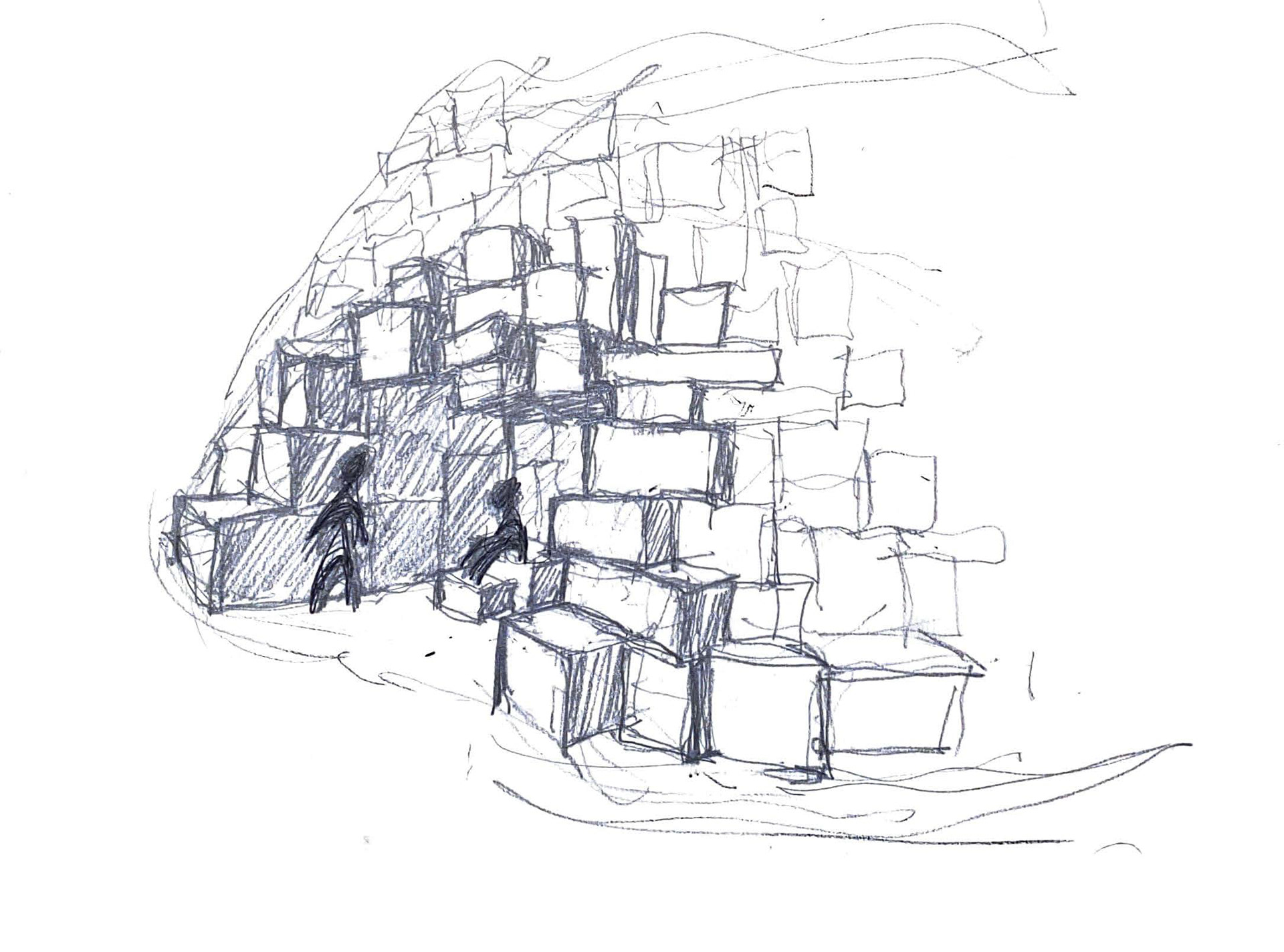The city of Sharpsburg (and the surrounding areas) is urban yet does not have a distinct identity. Despite its location along the Allegheny River, the Sharpburgh has very little connection to it. Light and sound emitted from the area shows activity within the urban context yet much less on the shore line.
The commercial rail line that spans along the North shore of the Allegheny is the reason for the experiential disparities between the urban landscape of Sharpsburg and the natural areas on the river. The bridge must connect between these two conditions.
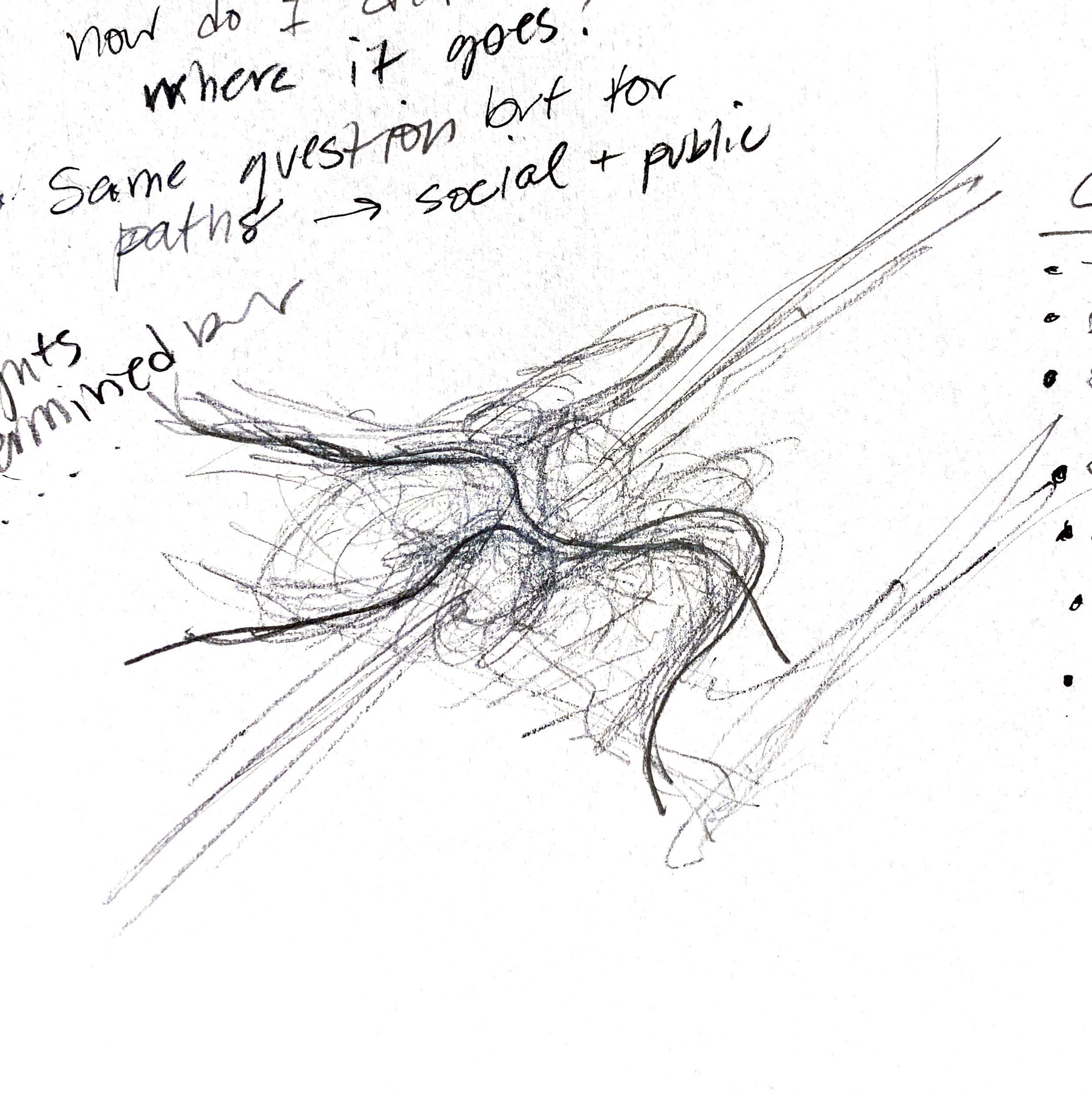
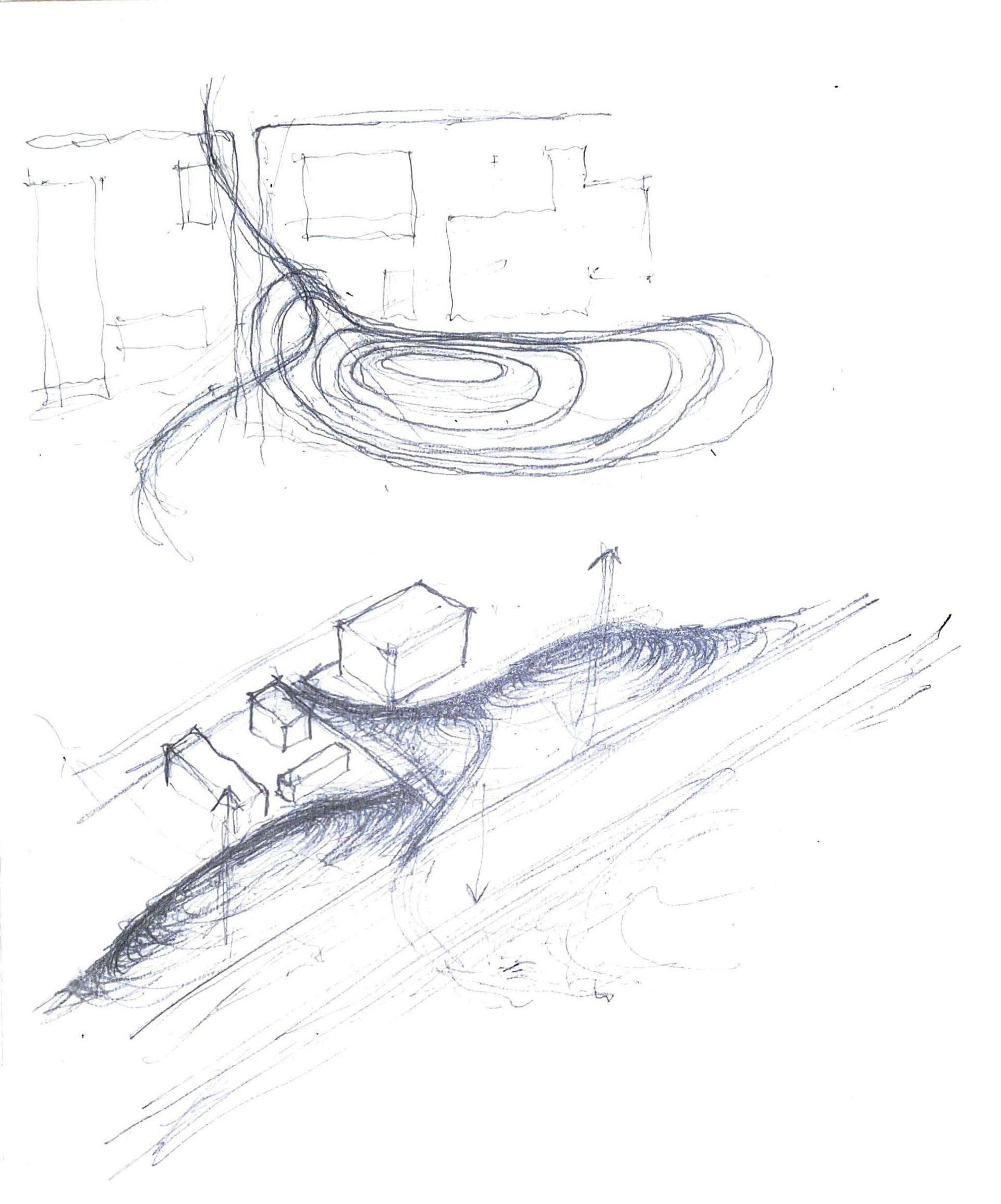
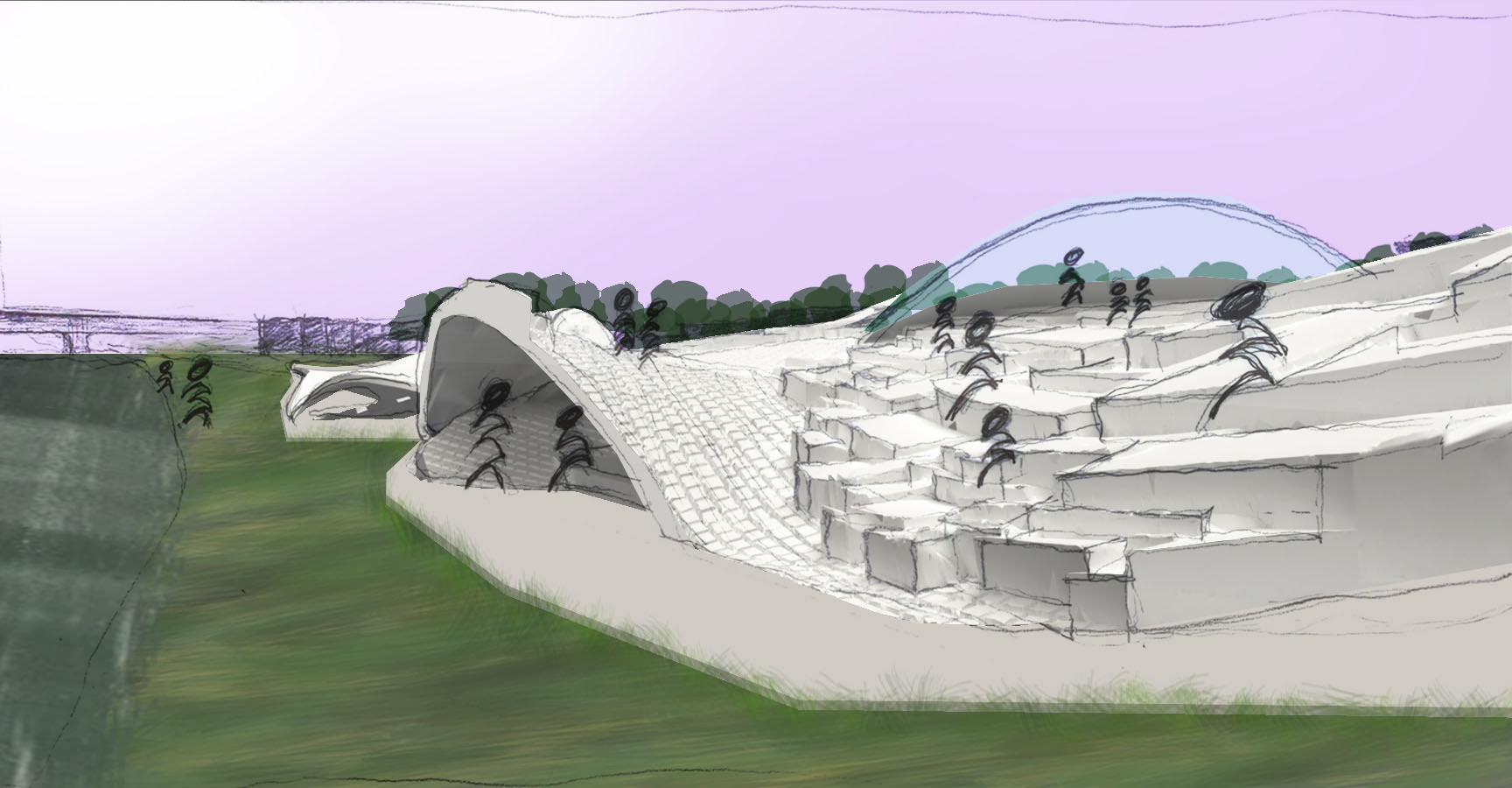
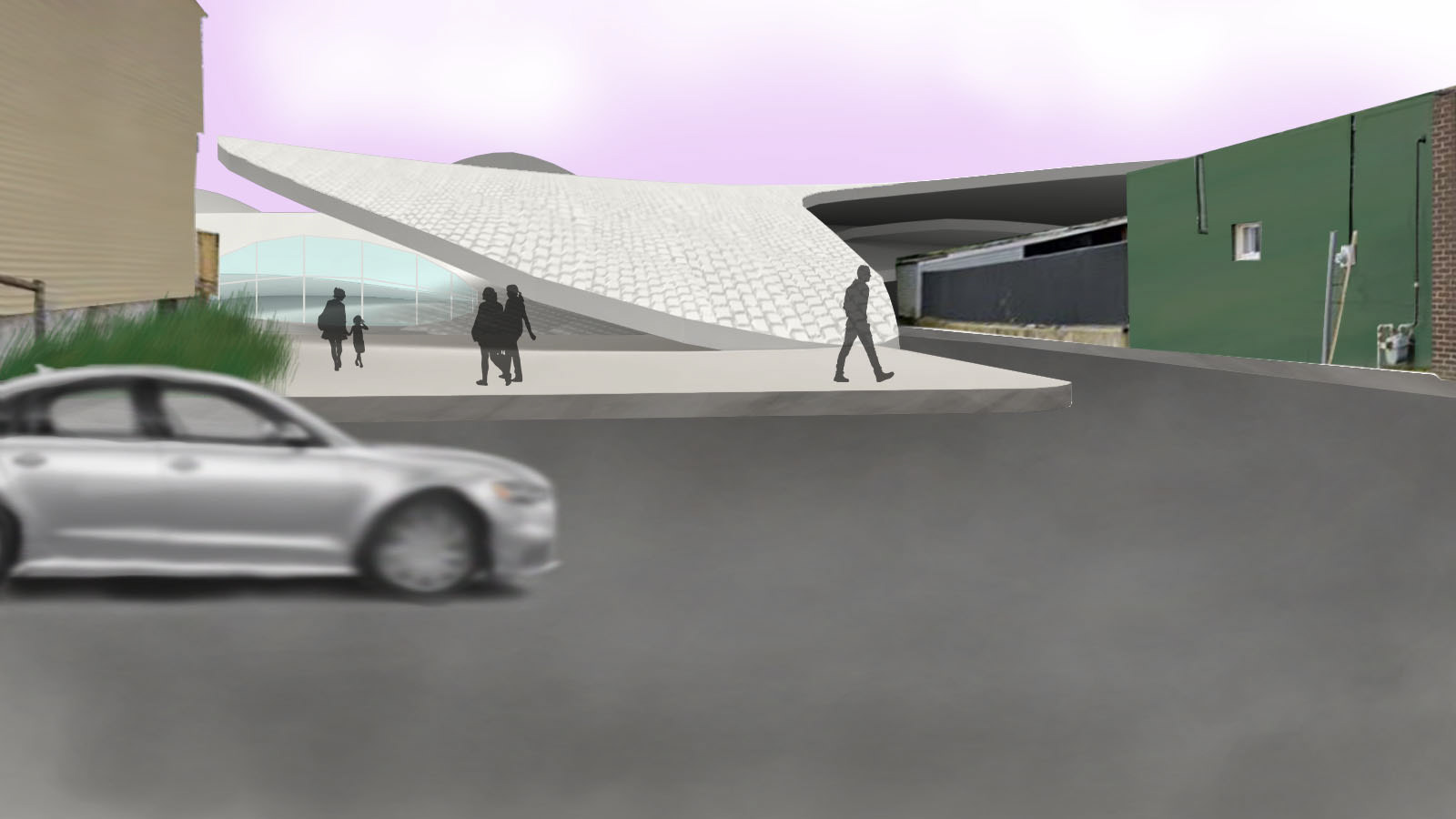
Materials with high density, such as brick masonry, have an increased ability to absorb heat. A more dynamic texturing of a material can enhance the thermal mass properties. At a larger scale, the texture of a massive material can act as a host of recreation or activity. The massive materials needed for thermal mass take on the character of an immense landscape intervention. Additionally, the mass creates a sound barrier around the train.
This project connects and intertwines multiple public locations in Sharpsburg in order to engage the city. This project works to introduce the public to the shoreline and spark communication with the local ecology.
